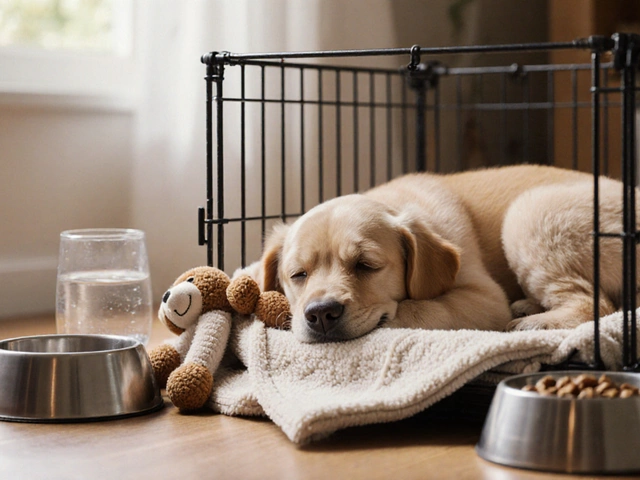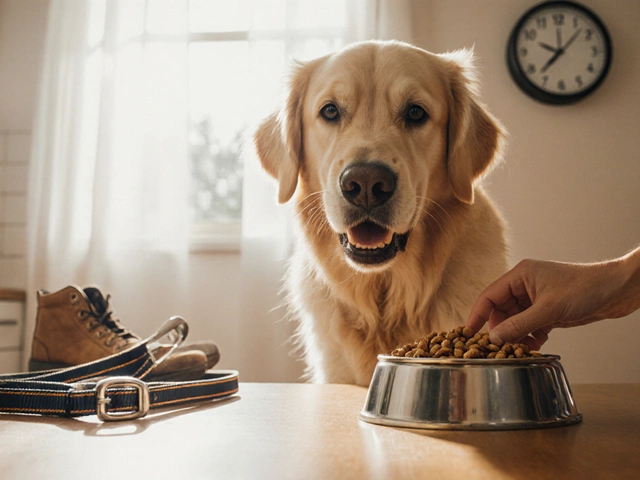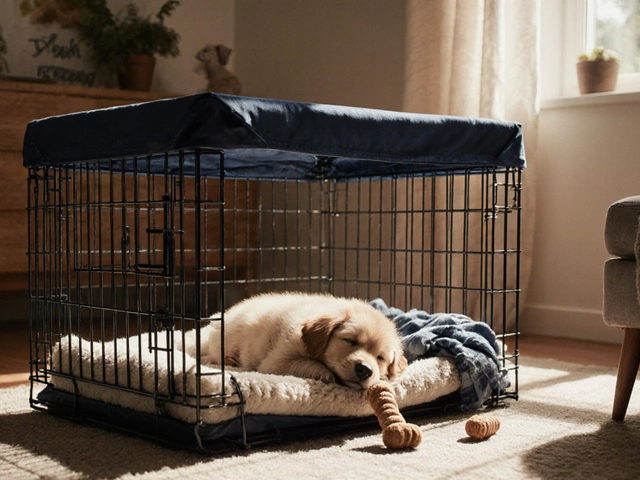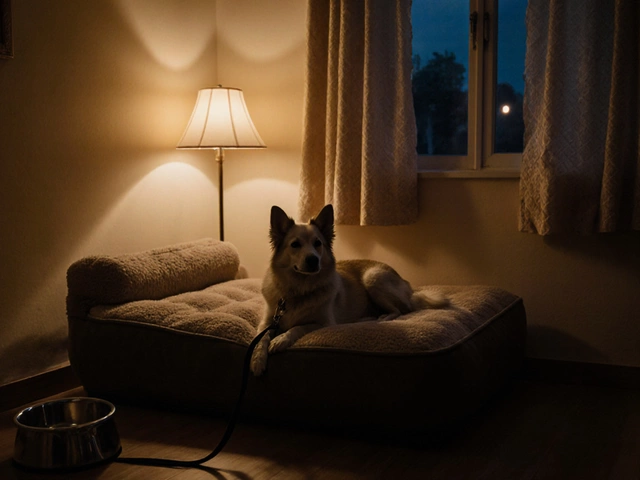Best Dog Collars – How to Choose the Right One for Your Dog
Did you know a poorly fitted collar can give a dog a headache or even choke it? Picking the right collar isn’t a guess – it’s about safety, comfort, and what you need it for. Below you’ll get straight‑to‑the‑point tips on what to look for and a short list of top choices for everyday walks, training, and active play.
What to Look for in a Collar
First, check the material. Nylon and webbing are lightweight and cheap, perfect for short walks. Leather feels sturdy and lasts years, but it needs occasional conditioning. If your dog loves water, a silicone or rubber collar won’t get soggy or smell.
Fit is the next deal‑breaker. Measure the neck where the collar sits, then add two inches. A good collar should slide two fingers under it. Anything tighter can press on the windpipe, anything looser lets the dog slip out.Consider the buckle type. A quick‑release buckle is handy for trips to the vet, while a metal buckle offers extra durability for strong pullers. For puppies, a plastic snap‑on works until they outgrow it.
Think about the purpose. A simple flat collar works for ID tags. A martingale or limited‑slip collar gives gentle control for dogs that slip out of regular collars. For training, a sturdy chain or a properly fitted e‑collar can be useful, but only under professional guidance.
Finally, check the hardware. A heavy‑duty D‑ring holds leashes and tags without bending. Rust‑proof stainless steel or coated metal lasts longer than cheap brass.
Top Picks for Different Needs
Everyday Walks – Nylon Flat Collar: Look for a 100% nylon strap with a padded interior. It’s cheap, washable, and comes in bright colors so you spot your dog easily. Brands like Lupine or Two Dog offer reflective stitching for night safety.
Active Dogs – Martingale Collar: This design tightens just enough to stop a slip‑out but won’t choke. It’s great for hounds and retrievers that love to run. Choose a 3‑inch width for larger breeds.
Training – Limited‑Slip or Figure‑8: A figure‑8 collar spreads pressure across the neck, reducing choking risk. Pair it with a firm leash and positive reinforcement for best results.
Senior or Sensitive Dogs – Soft Leather: Full‑grain leather softens with use and doesn’t irritate sensitive skin. Look for a collar with a padded lining and a smooth buckle.
Travel & Water – Silicone Collar: Silicone stays flexible when wet and dries quickly. It’s also easy to clean and won’t get heavy after a swim.
Remember, no collar replaces proper training and supervision. Even the best‑rated collar won’t keep a dog safe if you leave them unattended on a busy street.
When you pick a collar, take your dog for a short test walk. If they seem uncomfortable or keep trying to shake it off, try a different size or material. The right collar should feel like a tiny, secure hug – not a chokehold.
With these pointers, you can browse the options confidently and find a collar that matches your dog’s size, activity level, and personality. Happy walking!
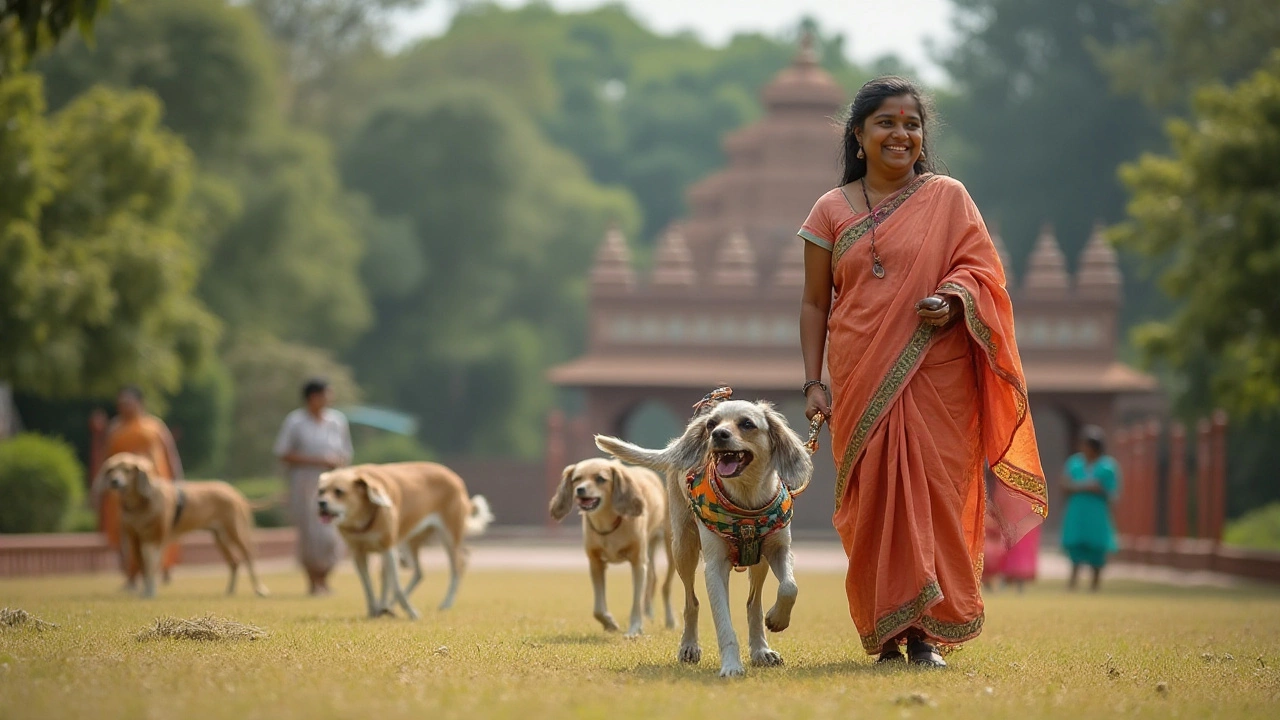
Top Collars for Dogs That Pull: Expert Recommendations
Choosing the right collar for a dog that pulls can significantly improve walks and strengthen your bond with your canine friend. This article explores various types of collars suited for dogs that tend to pull, including harnesses, head collars, and various training collars. We delve into the advantages and drawbacks of each collar type, offering practical advice along with product recommendations. Whether you're looking to curb pulling behavior or simply want a new collar for daily walks, the right choice can make all the difference.
read more